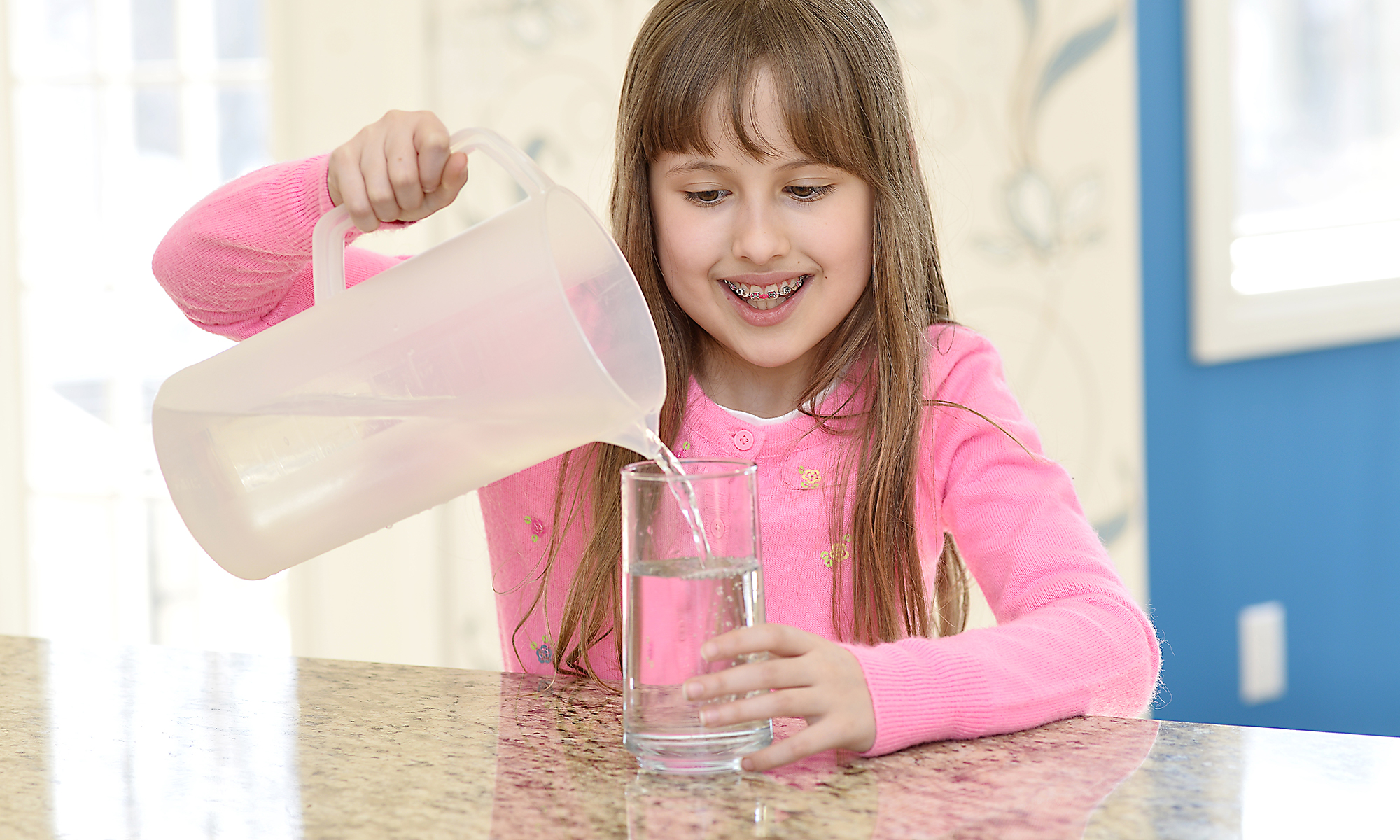January 3, 2017
Enjoy our new videos that offer practical and simple ways you can protect local drinking water sources – with positive actions and best practices at your home and business.
New video offers ways to protect drinking water sources through practical actions at work, home
Local municipal staff take part in production; Video third in three-part series
A new local information video offers practical ways people can protect our water supply with positive actions at work and at home. The new video is the third one in a three-part series. The three-minute video features water treatment and utility operators from two local municipalities. The production shares positive actions for homeowners and businesses to protect drinking water sources. The production gives special focus on best practices for industrial and commercial operations.
The new three-minute video is called Ways to Protect Drinking Water Sources at Work and Home. It is produced by the Ausable Bayfield Maitland Valley Source Protection Region in cooperation with local municipalities including the Municipality of North Perth and the Municipality of Huron East. The video is available online at sourcewaterinfo.on.ca and on the Ausable Bayfield YouTube channel at this link:
The three videos in the information series have received more than 600 views. The newest video received more than 60 views in its first week. “We appreciate the participation of local municipalities in this video,” said Geoff Cade, of the Ausable Bayfield Maitland Valley Source Protection Region. “The municipal staff who took part in the video help to illustrate the importance of keeping our drinking water safe and clean. They also show some of the best practices they are putting in place that local businesses could consider in their own operations.”
The video offers ideas such as improved storage of chemicals; reducing the amount of chemicals on site and switching to less hazardous products; proper disposal of hazardous waste; inspection of home heating oil and septic systems; septic system pump-outs; decommissioning of old and unused wells by a licensed well technician; spills prevention kits and plans; best practices in the storage and application of pesticides, fertilizers, and nutrients; risk management; containment and reporting of spills if they do happen; self-containment and double-walled tanks for fuel; fuel pressure gauges; and protective bollards around fuel tanks.
The video isn’t the only information product available for local businesses. Practical ideas for industrial and commercial operations can be found in a fact sheet posted on the local source protection region website at this link:
The Ontario Ministry of the Environment and Climate Change (MOECC) approved source protection plans for the Maitland Valley and Ausable Bayfield source protection areas on January 19, 2015. The source protection plans took effect in April of 2015. The locally developed plans include policies to address 21 activities that can pose a threat to municipal drinking water sources in certain circumstances (for example, in certain locations and in certain quantities).
Source protection plan policies address activities in four types of vulnerable areas: wellhead protection areas (groundwater) around municipal wells; surface water intake protection zones; significant groundwater recharge areas; and highly vulnerable aquifers.
People may find the maps of these areas by visiting sourcewaterinfo.on.ca. Threat activities may be assessed as low, moderate or significant threats to municipal drinking water sources. In this region, significant threats to drinking water are only found in wellhead protection areas (WHPAs) A, B, and C. The policies in those relatively small vulnerable areas reduce risk by using tools ranging from education and outreach, to risk management plans, to restricted land uses, to prohibition of some activities.
To find out if you are in a vulnerable area near a municipal well, use the interactive map or read a fact sheet on one of the 25 municipal well systems of the region at sourcewaterinfo.on.ca. You are invited to review the page on your community’s well, consult a detailed map of wellhead protection areas, and a fact sheet to let you know about the water source and treatment, explain the wellhead protection areas, and provide ways to protect these local drinking water sources.
If you would like to learn if plan policies apply to you, or how you can protect local drinking water sources, visit the website at sourcewaterinfo.on.ca or phone toll-free 1-888-286-2610 or email info@sourcewaterinfo.on.ca.
Drinking Water Source Protection Video Series:

Hi, this is a comment.
To get started with moderating, editing, and deleting comments, please visit the Comments screen in the dashboard.
Commenter avatars come from Gravatar.